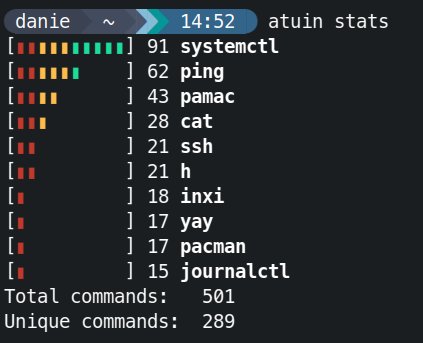The Android developer just published an updated landing page for Google Messages, showing off key features ranging from customization, privacy and security, and, of course, AI.
On this landing page, there are different sections for each feature set, including one for RCS. As spotted by 9to5Google, if you expand this list of RCS features and scroll to the bottom, you see a section on "Coming soon on iOS: Better messaging for all." That's no surprise: We've known Apple was adopting RCS since November. However, it's the next line that brings the news: "Apple has announced it will be adopting RCS in the fall of 2024."
Of course, this does not say a lot as it is "in the fall" which is anywhere over a couple of months, and Google has tried to embarrass Apple into making moves before. I suppose, though, there is the looming court case against Apple which is anyway keeping pressure on Apple. If it were not for the US court case, I would have guessed Apple may have pulled out after the EU had ruled Apple was not a dominant player in the market (although the EU case was looking more at interoperability with WhatsApp and others in Apple Messages).
Of course, with Apple actually including RCS now, they can probably argue that there is interoperability via RCS between their platform and Android too. It must be remembered that in many countries, like mine, SMS's are paid for so are very expensive to use for any form of chatting, and the costs go up exponentially when you text an international number.
I personally have quite a few issues with interoperability with Apple:
- I still have AirTags from when I had an iPhone and I daily get the audio beeps warning me the AirTags are not connected (I use an Android phone and alternate between an iPad and an Android tablet)
- I can't wait to sell my AirTags and get the new one's Google was working on that will interoperate with Apple, but supposedly Apple has been delaying building in that support into their devices (which Google already built into Android for AirTags in 2023)
- Because I was on Apple Messages and my iPad still sometimes connects, I find a message on my iPad that arrived a week ago which I had not seen (I had Beeper which was solving this problem)
Apple is not at all dominant outside the USA, but it makes interacting with Apple users quite a pain, as Apple has gone out of their way to try to keep their users inside the walled garden.
See https://lifehacker.com/tech/google-just-revealed-when-apple-will-officially-adopt-rcs
#technology #RCS #Apple #interoperability





Remember, RCS is replacing text SMS and Text SMS has not only absolutely zero encryption of any sort, it also has copies retained by every mobile service provider in terms of their license T&C's. You need to see RCS as an upgrade of text SMS, and not really a replacement for WhatsApp (yet).